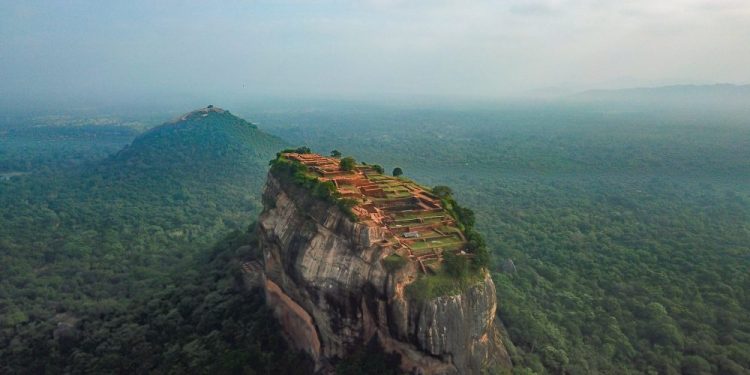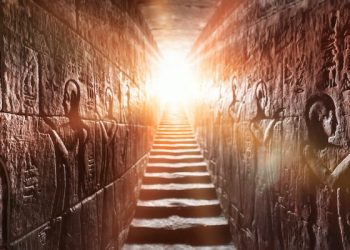There’s a massive rock fortress in the northern Matale District near the town of Dambulla in the Central Province, Sri Lanka. To climb it, it will take anywhere between 1.5 to 3 hours depending on crowds and your ability to make it through 1,200 steps to reach the top of this ancient Sky City known today as Sigiriya.
Once there, a massive ancient wonder awaits.
The visitor who makes the journey is rewarded on the top with a stunning panoramic view of the surrounding landscape.
Called Sigiriya or Sinhagiri, this ancient “sky city” is perhaps one of the ancient world’s unrecognized wonders. Used as a rock fortress, the entire complex is located on the summit of a column of rock nearly 20 meters high.
10 Stunning images of Sigiriya
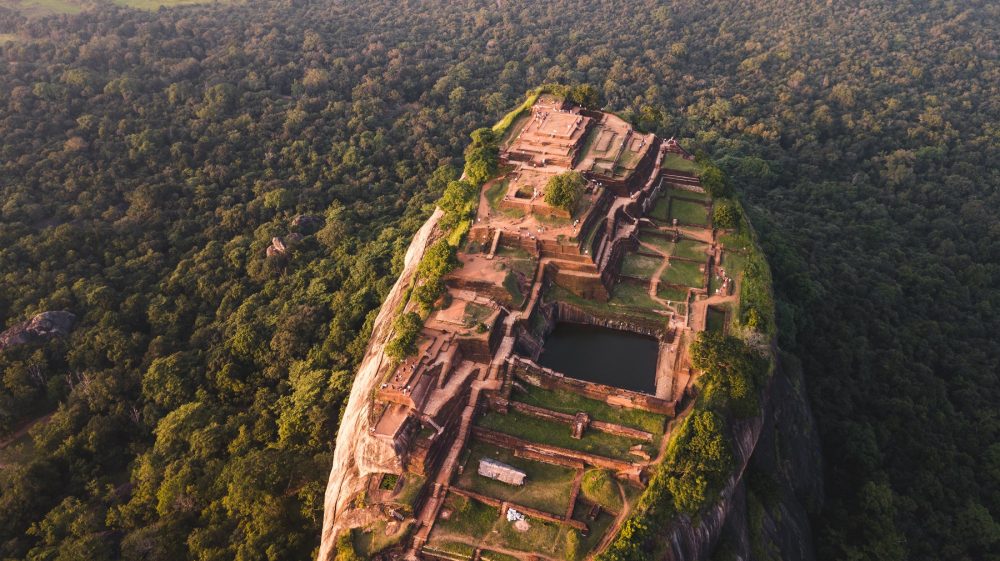
As per the ancient Sri Lankan chronicle the Culavamsa, this site was chosen by King Kashyapa (477 – 495 CE) for his new capital. It was an unprecedented engineering feat. The King had chosen to construct his palace on top of the towering rock, decorating the sides with stunning colorful frescoes.

Located on a small plateau halfway up the side of the rock, a massive gateway in the form of a lion was placed there.
Sīnhāgiri stands for “the Lion Rock,” and this royal capital was abandoned after the king’s death, although it was used in later times as a Buddhist monastery until the 14th century.
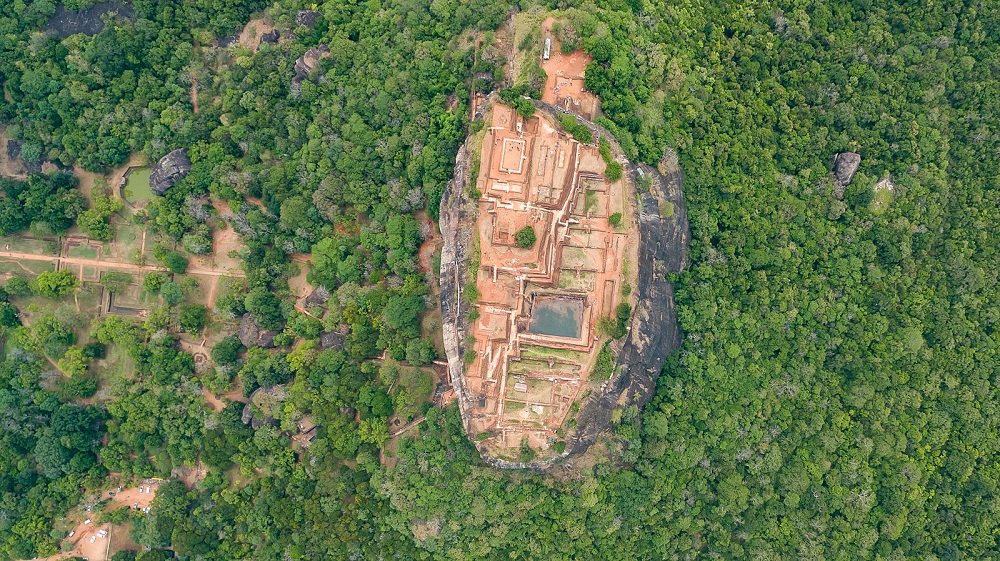
The “sky city” of Sigiriya–an unrecognized ancient wonder of the world–is widely recognized among experts as one of the best-preserved examples of ancient urban planning. Revolutionary and unprecedented, this ancient site is a true wonder of the world reaching for the sky.
As a kind of the world’s eighth wonder, the rock fortress is one of the most valuable historical monuments built in present-day Sri Lanka.
The summit features a ruined palace surrounded by an extensive and sophisticated network of fortification, vast, beautiful gardens, and a channel of canals as well as alleys and fountains.

Scholars who have studied the site have concluded that Sigiriya combines an extensive range of symmetry and asymmetry concepts. Its builders intentionally interlocked the human-made geometrical and natural forms of the surroundings, combining them and creating a unique, never-before-seen rock fortress.
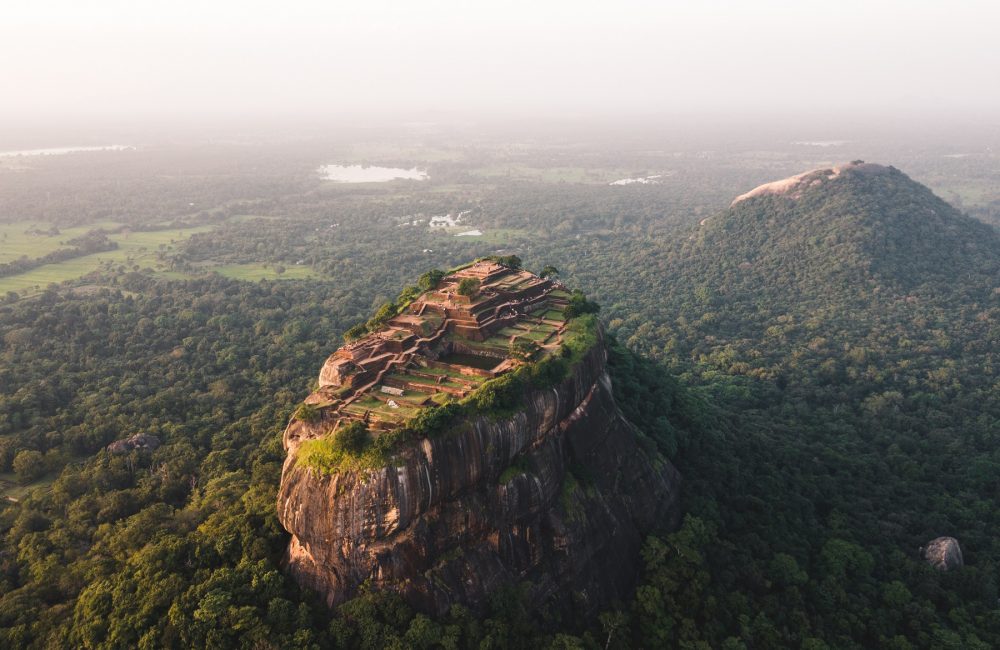
In addition to its mesmerizing design and planning, Sigiriya is also home to vast water-retaining structures, as well as sophisticated surface and subsurface hydraulic systems. Interestingly, some of these remain operational until today.
The site upon which the massive complex was built is a remnant of a hardened magma eruption belonging to a long-eroded volcano.
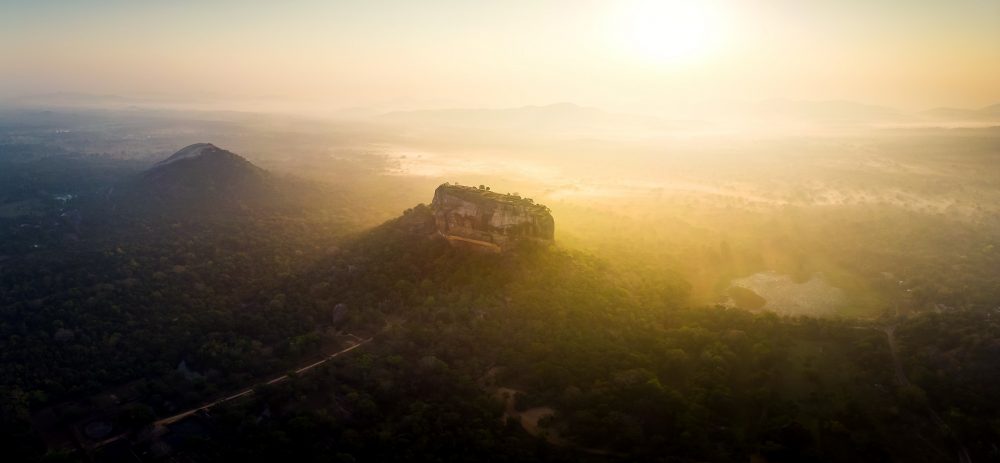
Used as a capital, fortress, and temple, this ancient site is also home to the Mirror Wall’s unique feature. Thousands of years ago, this structure was extremely polished to the point that a person could see its reflection when walking past it.
It is believed that its mirror-like sheen was obtained by using a unique plaster composed of fine lime, egg whites, and honey.
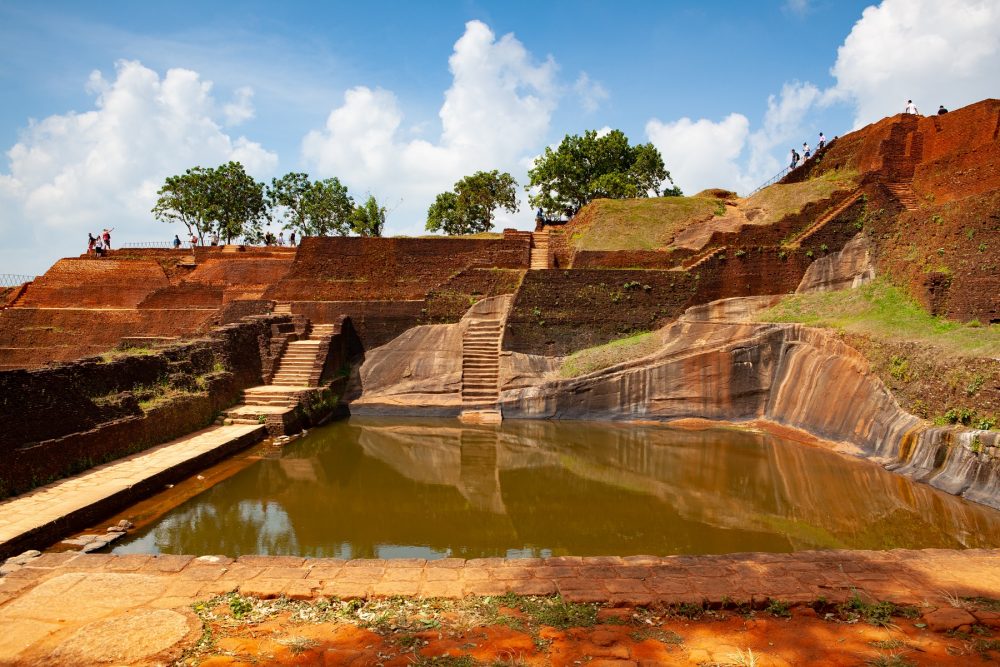
The mirror wall today features around 700 verses that were etched onto it during the 8th, 9th, and 10th centuries CE. Such is its fame that the “sky city” of Sigiriya is recognized as one of the world’s oldest tourist attractions. People would visit the site long after it was abandoned.
People who visited the site in ancient times would leave behind them etched on the city’s rocks poems about different subjects, including love, irony, and life experiences.
Sigiriya’s history matches its beauty. Scholars like Lal Srinivas and Mirando Obesekara argue that Sigiriya may be the Alakamandava (the City of the Gods) built more than 50 centuries ago by King Kubera.

Scholars argue that around the third century BC, Sigiriya served essentially as a monastery. In the second half of the fifth century, however, a king called Kasyapa decided to construct a royal on its summit.
It was King Kasyapa–Kashyapa–who is also credited with revolutionizing the site even further. He is believed to have developed the city into a complex city and fortress.
The King constructed a wide range of structures on the summit and around it. Defensive structures, palaces, gardens, and religious structures were added to the site during his reign.
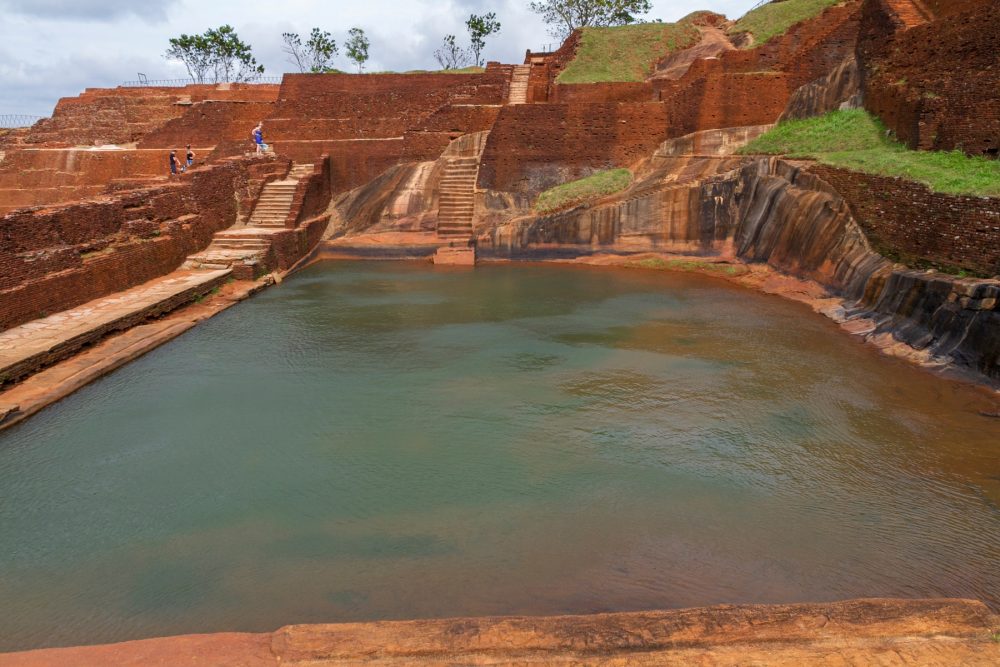
It was only after his reign that Sigiriya was turned into a Buddhist monastery, which served as one until the 14th century when the site was partially abandoned.
Despite its history, many details remain obscure. As per the Palm Leaf Book (Puskola Potha) of Ravana Watha, the architect of Sigiriya was Maya Danava.
Hindu mythology tells us that Maya was the great king of Asusa, daitya and rākṣasa. He was known for his incredible architecture. Such was his importance that in the Mahābhārata, Mayasabha, the hall of illusions was named after him.
The area surrounding Sigiriya is just as important as the rock city itself. According to archeological evidence, the site was inhabited since ancient times. Experts have uncovered evidence that numerous rock shelters and caves at the site have been inhabited since the third century BC. However, Sigiriya shows evidence of habitation dating back more than 5,000 years.
The site remained unknown to the outside world until, in 1831, Major Jonathan Forbes of the 78th Highlanders of the British army discovered the “bush covered summit of Sigiriya.”
Several decades would pass until scholars were attracted to the site. It wasn’t until the 1980’s that archeologists visited the site. It is believed that a British civil servant and a commissioner in the Ceylon Civil Service, born in British India called H.C.P. Bell was the first scholar to perform extensive studies at Sigiriya.
Join the discussion and participate in awesome giveaways in our mobile Telegram group. Join Curiosmos on Telegram Today. t.me/Curiosmos



